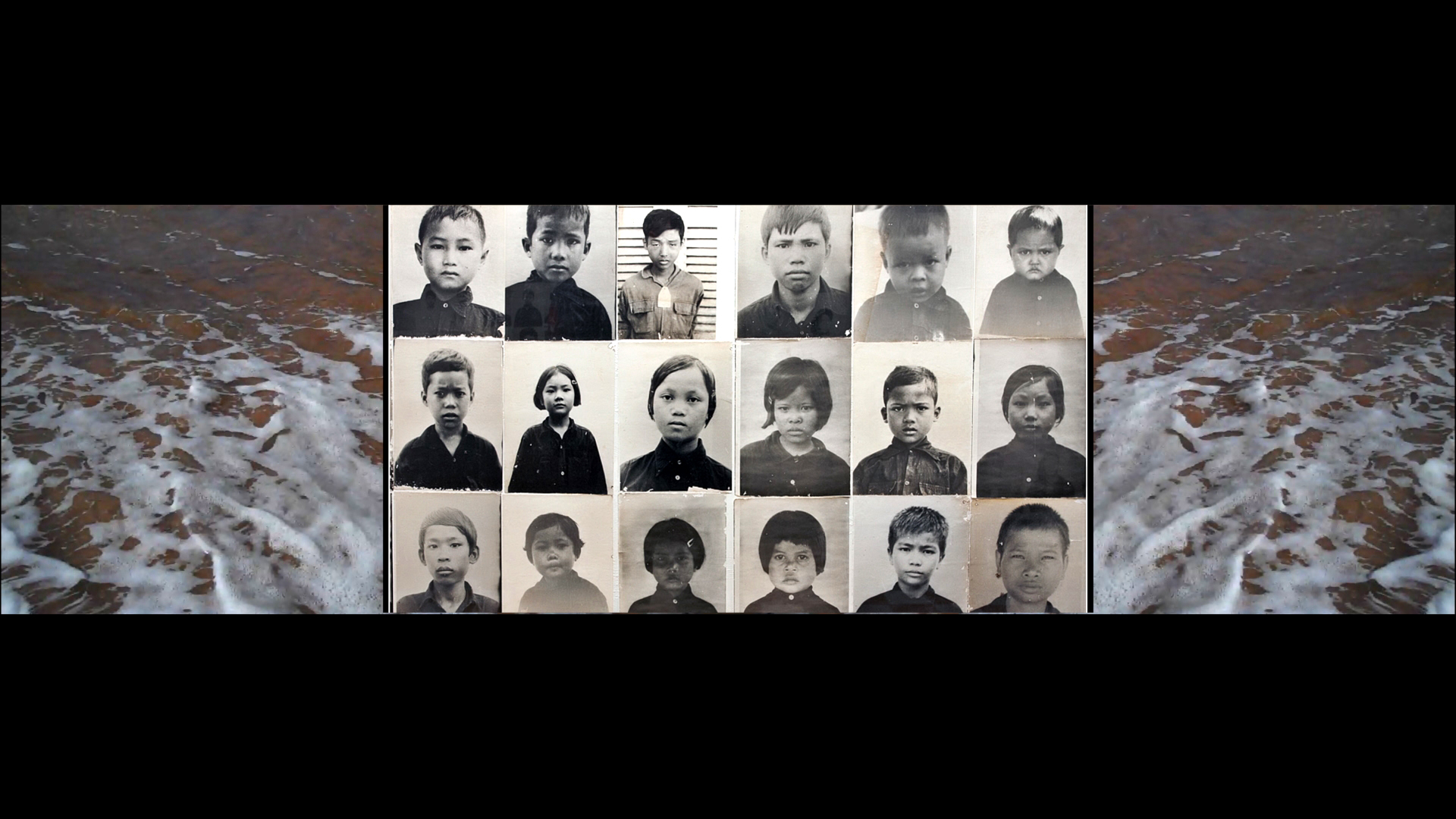Julia Juaniz participa de nuevo en La Neomudéjar de esta nueva exposición “Victimas y Olvido” con la creación de dos piezas de video sobre el genocidio armenio y el S21 de Camboya.
Julia juaniz participate again in this new exhibition at La Neomudejar “Victims and oblivion” with the creation of two pieces of video on the Armenian genocide and S21 Cambodia.
Es una videocreación de 4 minutos sobre el genocidio Armenio en el año 1915. El genocidio Armenio fue planeado y administrado centralmente por el Estado de Turquía contra toda la población Armenia del Imperio Otomano, en el año 1915. La palabra genocidio la acuño en 1943 un abogado judío polaco, Raphael Lemkin, gran promotor de causas humanitarias. Naciones Unidas, describe al genocidio como “el acto cometido con el propósito de destruir, en parte o en su totalidad, a una nación, etnia, raza o grupo religioso”.Cientos de intelectuales, religiosos, profesionales y ciudadanos de origen Armenio, fueron despojados de sus hogares bajo arresto e inmediatamente deportados hacia el interior del Imperio para ser posteriormente asesinados.
No hay que olvidar que los turcos no hicieron ningún tipo de distinción.
Pero esta precaria situación se agravó en los campos y las cifras de Armenios fallecidos siguieron aumentando. Los últimos cálculos cifran el genocidio Armenio entre uno y dos millones de muertos. Toda la riqueza del pueblo Armenio fue expropiada.El Genocidio Armenio fue el primer genocidio del siglo XX. Como prueba quedaron las numerosas fosas comunes que dejaron los turcos por el camino, y unas pocas fotografías. Partiendo de estas fotografías, tratadas con colores y combinadas con cadenas para trasmitir el peso del dolor, y ayudada por una música de Nacho de Paz, he creado esta pieza para mantener la memoria de los hechos, para seguir recordando y tratar de llegar a más personas, y entre todos recapacitemos y sobre todo aprendamos y no repitamos los mismos hechos.Cuando quedas atrapado en la destrucción, debes abrir una puerta a la creación.
_______________________________” Memoria Camboya”
Es una videocreación de 4 minutos sobre el genocidio Camboyano en 1975.
“Genocidio” se ha convertido en una palabra de nuestra época.
El genocidio camboyano en 1975 fue ejecutado por el régimen maoísta de los Jermenes Rojos. Pol Pot, fue el principal líder de los Jermenes Rojos y pasó a la historia como el principal responsable de este genocidio.
A los camboyanos de las ciudades se les engañó diciendoles que EEUU planeaba ataques aéreos, y por ello tenían que ser evacuados, pero dichos traslados eran una trampa. En el camino se realizaban fusilamientos. Los ancianos y niños, que no soportaban el larguísimo camino se iban muriendo. Se asesinaba personas por usar gafas, hablar otro idioma, etc. Al ser hallados culpables por alguno de estos “crímenes” se les condenaba a morir, y asesinaban también a toda su familia y amigos.
Todos los genocidios son parecidos, engaños, éxodo torturas y muertes.
A veces la comunidad internacional guarda silencio alrededor de este horror. Las cifras de los muertos son inciertas y se desconoce su totalidad. Muchos de los altos líderes del régimen culpable de este genocidio están libres.
Realmente estas matanzas llevan a las destrucción de los pueblos y sus culturas.
Todas las medidas posibles deben ser tomadas de forma urgente para evitar estas atrocidades.
En el “Museo del Genocidio” en Camboya se exhiben al público las fotografías de las víctimas porque se les fotografiaba antes, durante y después de las torturas.
Partiendo de estas fotografías he hecho la pieza, mezclandolas con el mar.
Es como si el mar te envolviera, te golpeara, te arrastrara hacia él. Oyendo el sonido del mar vienen a veces susurros que no entendemos, pero sentimos una emoción pensando que son los muertos que nos hablan al oído con una caracola.
El mar y las imagenes nos quiere enseñar algo… .
“Armenian memory”.
This is a 4 minutes video art piece about the Armenian genocide of 1915. The Armenian genocide was planned and administered by the central Turkish state against the entire Armenian population during the Ottoman Empire, in 1915. The word genocide was first created in 1943 by Polish Jewish lawyer Raphael Lemkin, who was a leading figure in humanitarian work. The United Nations describe genocide as “the act perpetrated with the purpose of partially or totally destroying a nation, ethnic group, race, or religious group”.
Hundreds of Armenian intellectuals, religious leaders, professionals, and other citizens were removed from their homes, arrested, and immediately deported to the interior lands of the empire, where they were murdered. Let us not forget that the Turks made no distinction. This precarious situation worsened in the camps and the number of murdered Armenians kept growing. According to the most recent estimations, between one and two million Armenians died. All the wealth of the Armenian people was expropriated.
The Armenian genocide was the first genocide of the twentieth century. The only remains left of it are the numerous common graves left by the Turks and a few photographs. Starting from these photographs, treated with colors and combined with chains that signify the weight of suffering, and with the help of music created by Nacho de Paz, I have created this piece to keep the memory of these events alive, to keep remembering and reaching out to people so that we might reflect and, first and foremost, learn not to repeat these events.
When we are trapped within destruction, we need to open a door to creation.
_______________________________
“Cambodian Memory”
This is a 4 minutes video art piece about the Cambodian genocide of 1975. “Genocide” has become a contemporary word. The Cambodian genocide of 1975 was executed by the Khmer Rouge Maoist regime. Pol Pot was the leader of the Khmer Rouge and the main perpetrator of this genocide. Told that the United States was planning an aerial attack, Cambodian city-dwellers were tricked into leaving the cities towards rural areas. Along the way, some of them were executed. Old people and children that could not bear the trip died. People were murdered for speaking a foreign language, for using glasses, etc. They were sentenced for those “crimes” and put to death, alongside their families and friends.
All genocides are similar: machinations, exodus, tortures, and death. Sometimes the international community remains silent to the horror. The number of death remains unknown and uncertain. Many of their perpetrators remain free. And the killings lead to the destruction of whole peoples and their cultures. Every possible measure should be taken to avoid these atrocities.
The Cambodian Genocide Museum exhibits the pictures of the victims, which were taken before, during, and after torture. I have created this piece starting from these pictures and mixing them with images of the sea. The sea seems to engulf you, hit you, and drag you along. Listening to the sound of the sea we sometimes hear whispers that we do not understand, but which we feel, as if the dead spoke to us through a seashell.
The sea and the images want to show us something…


